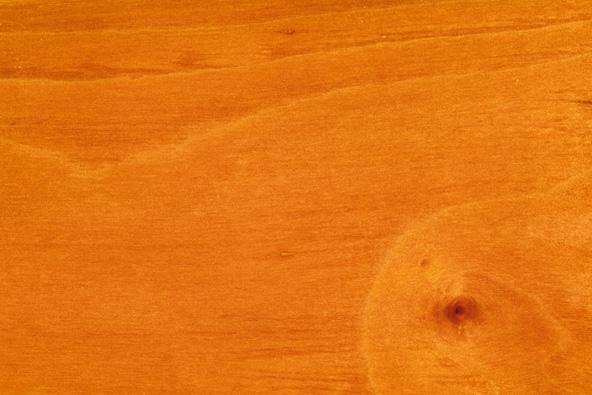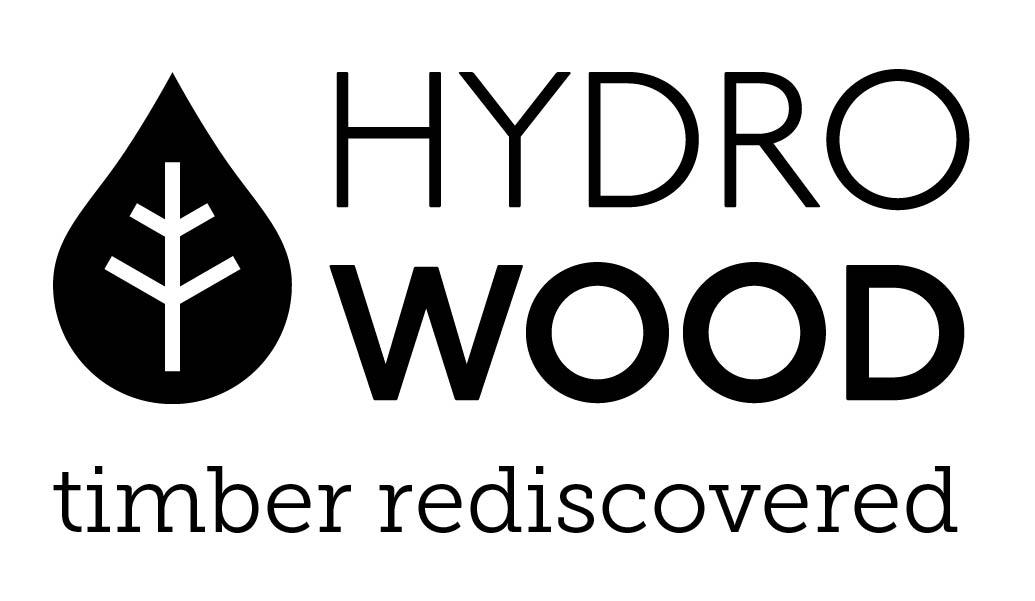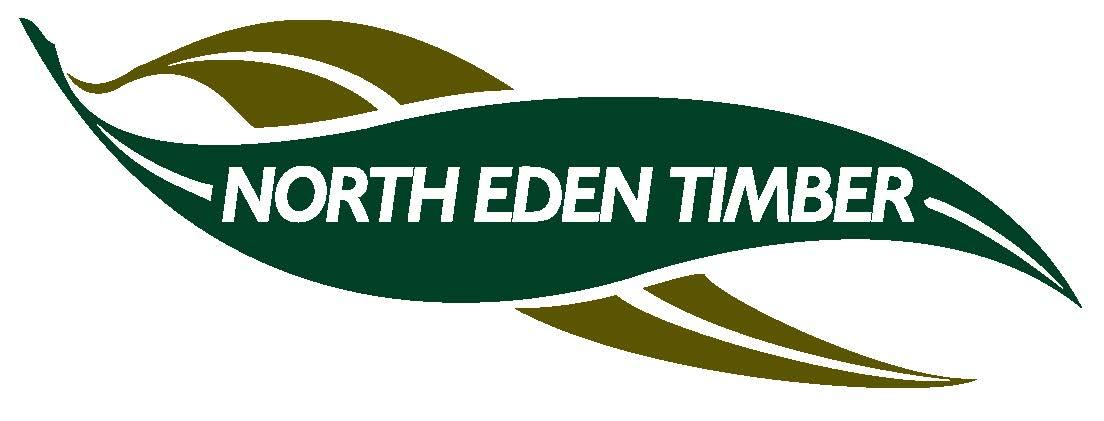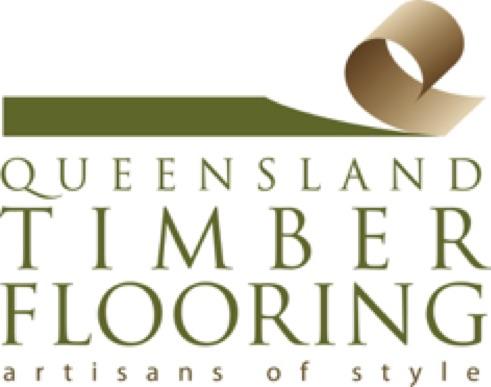Myrtle beech is an attractive Australian hardwood used for internal-use applications such as decorative veneers, paneling, joinery and flooring.
Beech, Tasmanian Myrtle, Southern Myrtle, Myrtle
Nothofagus cunninghamii
Myrtle beech, also known as Tasmanian myrtle, is a medium-sized hardwood that mainly grows in the temperate rainforest areas of Tasmania and eastern Victoria. While its name may imply otherwise, myrtle beech has no connection to the European myrtle. The name ‘myrtle’ is believed to have come from the early timber workers.
The heartwood can be pink or a more popular warm reddish brown and may also feature traces of orange, while the sapwood is pale and narrow. Even-textured, myrtle beech has a fine grain that can be straight, interlocked or feature a fiddleback pattern. Growth rings may also be visible. The burls and knotty wood of myrtle beech are favoured by craftspeople.
While myrtle beech is good for steam bending, it only provides moderate workability. Some collapse can occur through drying.
A strong and dense timber, it is not particularly durable, and due to its generally colour-rich appearance, myrtle beech is favoured for internal applications such as decorative veneers, high-end joinery, furniture and flooring. Myrtle Beech is also used for bridge and wharf decking and plywood.
Shrinkage
| Very Low | Low | Medium | High | Very High | |
|---|---|---|---|---|---|
|
|
|
||||
|
Tangential :
|
4.70% | ||||
|
Radial :
|
2.30% | ||||
|
Unit Movement Tangential:
|
0.32% | ||||
|
Unit Movement Radial:
|
0.18% |
Strength Group
| Very High | High | Reasonably High | Medium High | Medium | Reasonably Low | Low | Very Low | |
|---|---|---|---|---|---|---|---|---|
| Unseasoned: | S1 | S2 | S3 | S4 | S5 | S6 | S7 | S8 |
|
|
||||||||
| Seasoned: | SD1 | SD2 | SD3 | SD4 | SD5 | SD6 | SD7 | SD8 |
|
|
Stress Grade
|
Structural No. 1 |
Structural No. 2 |
Structural No. 3 |
Structural No. 4 |
Structural No. 5 |
|
|---|---|---|---|---|---|
| Unseasoned: | F14 | F11 | F8 | F7 | F5 |
| Seasoned: | F17 | F14 | F11 | F8 | F7 |
Density per Standard
| Seasoned: | 700kg/m3 |
|---|---|
| Unseasoned: | 1100kg/m3 |
Joint Group
| Very High | High | Reasonably High | Medium | Low | Very Low | |
|---|---|---|---|---|---|---|
| Unseasoned: | J1 | J2 | J3 | J4 | J5 | J6 |
|
|
||||||
| Seasoned: | JD1 | JD2 | JD3 | JD4 | JD5 | JD6 |
|
|
Colour
| White, yellow, pale straw to light brown | Pink to pink brown | Light to dark red | Brown, chocolate, mottled or streaky | |
|---|---|---|---|---|
|
|
||||
Mechanical Properties
|
Modulus of Rupture - Unseasoned:
|
71 |
|---|---|
|
Modulus of Rupture - Seasoned:
|
108 |
|
Modulus of Elasticity - Unseasoned:
|
12 |
|
Modulus of Elasticity - Seasoned:
|
14 |
|
Maximum Crushing Strength - Unseasoned:
|
33 |
|
Maximum Crushing Strength - Seasoned:
|
56 |
|
Impact - Unseasoned:
|
12 |
|
Impact - Seasoned:
|
13 |
|
Toughness - Unseasoned:
|
Medium - 15 - 24 Nm |
|
Toughness - Seasoned:
|
Low - up to 15 Nm |
|
Hardness - Unseasoned:
|
4.4 |
|
Hardness - Seasoned:
|
5.9 |
Durability
| Low | Moderate | Reasonably High | High | |
|---|---|---|---|---|
| (0 - 5 yrs) | (5 - 15 yrs) | (15 - 25 yrs) | (more than 25 yrs) | |
|
In-Ground:
|
|
|||
| (0 - 7 yrs) | (7 - 15 yrs) | (15 - 40 yrs) | (More than 40 yrs) | |
|
Above ground:
|
|
|||
| (0 - 20 yrs, usually < 5) | (21 - 40 yrs) | (41 - 64 yrs) | (More than 60 yrs) | |
|
Marine Borer Resistance:
|
|
|
Lyctid Borer Susceptibility:
|
Susceptible |
|---|---|
| Lyctid Borer Susceptibility - Other: | |
|
Termite Resistance:
|
Not Resistant |
Fire Properties
|
Critical Radiance Flux - Lower:
|
>2.2 and <4.5 kW/m2 |
|---|---|
|
Critical Radiance Flux - Higher:
|
≥4.5 kW/m2 |
|
Smoke Development Rate:
|
<750 |
| 1 - non-combustible | 2 - reasonably non-combustible | 3 - slightly combustible | 4 - combustible | |
|
Fire Properties Group Number: |
|
|
Average Specific Extinction Area:
|
<250 |
|---|---|
|
Bushfire Resistance:
|
BAL 12.5 and 19 – Door and window joinery only |
Myrtle beech is favoured as an appearance timber due to its rich reddish-brown heartwood, grain characteristics, fine texture and its ability to provide a very smooth finish. It has narrow, pale almost whitish sapwood and may also feature visible growth rings.
The grain may be straight, interlocked or feature a wavy, fiddleback pattern. The burls add to the timber’s appeal for veneers, joinery and furniture. Pale and pink myrtle variations are also available, which are generally used for commercial applications.
While myrtle beech is a strong and dense timber, it is not particularly durable and is primarily an appearance timber. Its main applications include decorative veneers, paneling, high-end joinery, furniture and flooring. Other applications include bridge and wharf decking and plywood.
VIC






